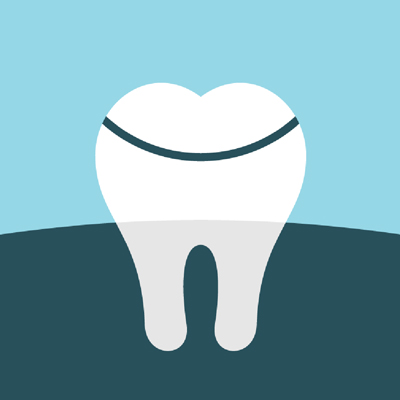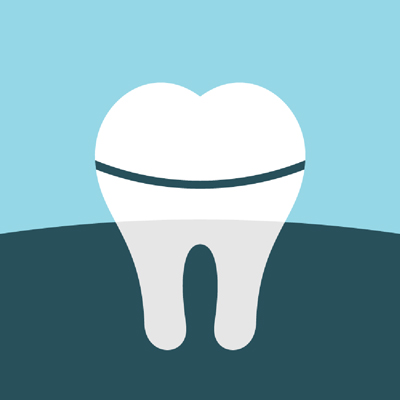Inlays and Onlays at Chatswood Dental Associates
Sometimes a tooth needs to be restored with a filling. Other times, the damage is more extensive and a crown is required.
But sometimes, an in-between restoration is needed to provide more coverage than a filling but doesn’t require complete concealment of your tooth. In this case, the right solution might be an inlay or an onlay.
What Are Inlays and Onlays?
Like fillings, inlays and onlays are used to repair damage, often caused by decay. Similar to crowns, these restorations are crafted from durable porcelain in a professional dental lab.
Inlays and onlays are custom-designed for each individual case. The restoration is made using impressions of a prepared tooth, but unlike a crown, the inlay or onlay only covers one or two surfaces of the tooth rather than fitting over the entire thing down to the gumline. This feature means that treatment can be more conservative and that a larger portion of healthy tooth structure can be preserved.
What Is the Difference between an Inlay and an Onlay?
The difference is simply how much coverage each restoration provides and where the restoration is placed. Inlays cover a smaller area or surface of the tooth while onlays protect one or more cusps of the tooth (the chewing surface) and are therefore stronger for greater protection.
How Are Inlays and Onlays Placed?
Inlays and onlays are placed in a process very similar to that of crowns. We’ll remove the decay and damaged portion of your tooth first. Next, we’ll take impressions and images of the tooth, which the lab will use when crafting your restoration. A temporary filling or crown will be used to protect the prepared tooth.
Once your new restoration is ready, you’ll return to Chatswood Dental Associates and your dentist will check the fit and appearance of your new restoration. When both you and your dentist are pleased with the results, the restoration is permanently bonded into place.
Caring for your inlay or onlay is just as easy as cleaning a natural tooth. Brush and floss as instructed and return to our practice for routine check-ups. While your porcelain restoration can’t decay, the tooth beneath it and at the edges can, so it’s important to keep up with your home hygiene routine and professional cleanings.
We design restorations to look natural and blend in with your smile. Porcelain is strong and stain-resistant, but it isn’t impervious to damage! Use appropriate caution when biting into foods that may contain pits, seeds, or bones to avoid damaging the inlay or onlay.
Decay starts silently, causing no symptoms until it’s fairly well advanced. If it’s been a while since your last check-up, you might have tooth decay and not even be aware of it.
Don’t Let Damage Mar Your Healthy Smile
Don’t wait. Call our practice to schedule your dental inlays and onlays Chatswood consultation today.
CONTACT US
* Any surgical or invasive procedure carries risks. Before proceeding, you should seek a second opinion from an appropriately qualified health practitioner.



